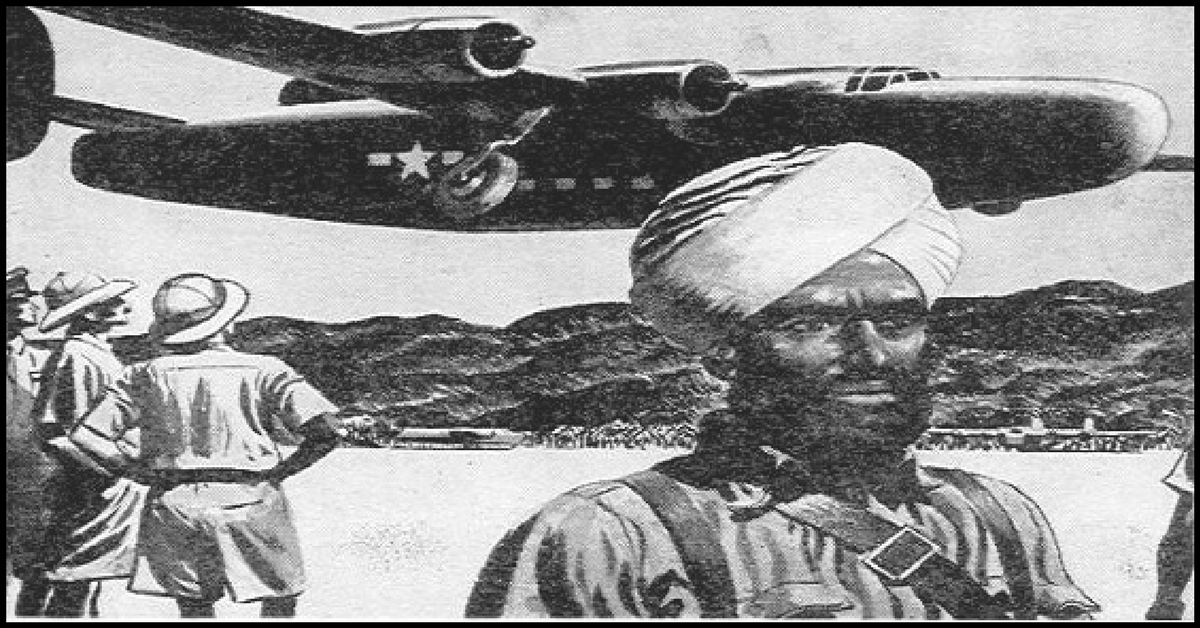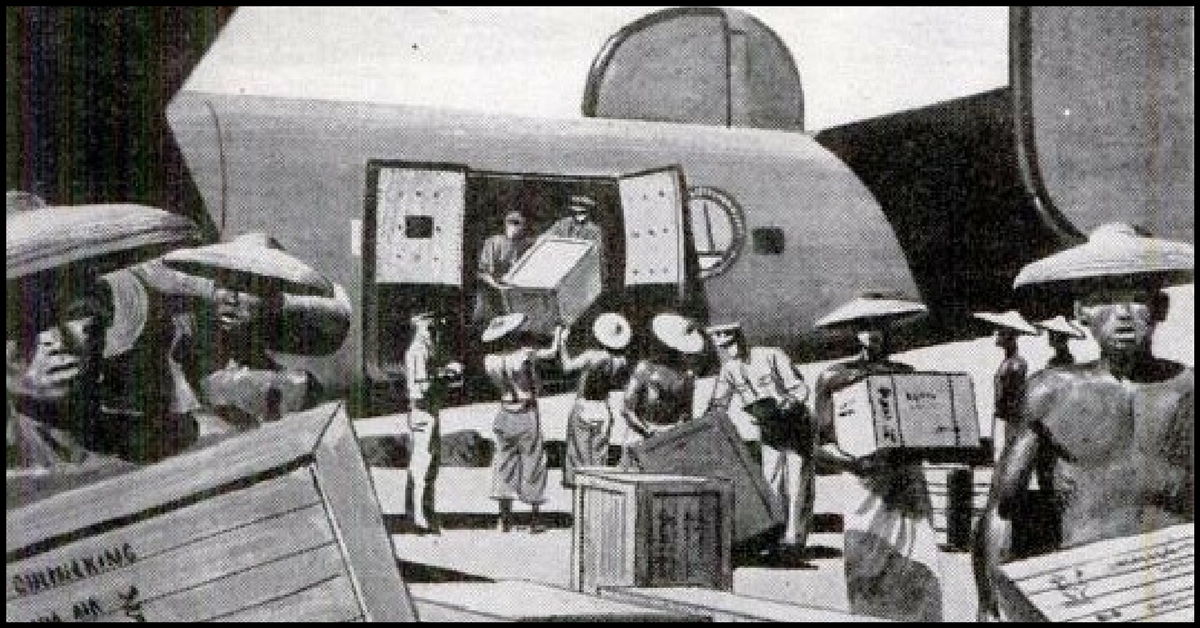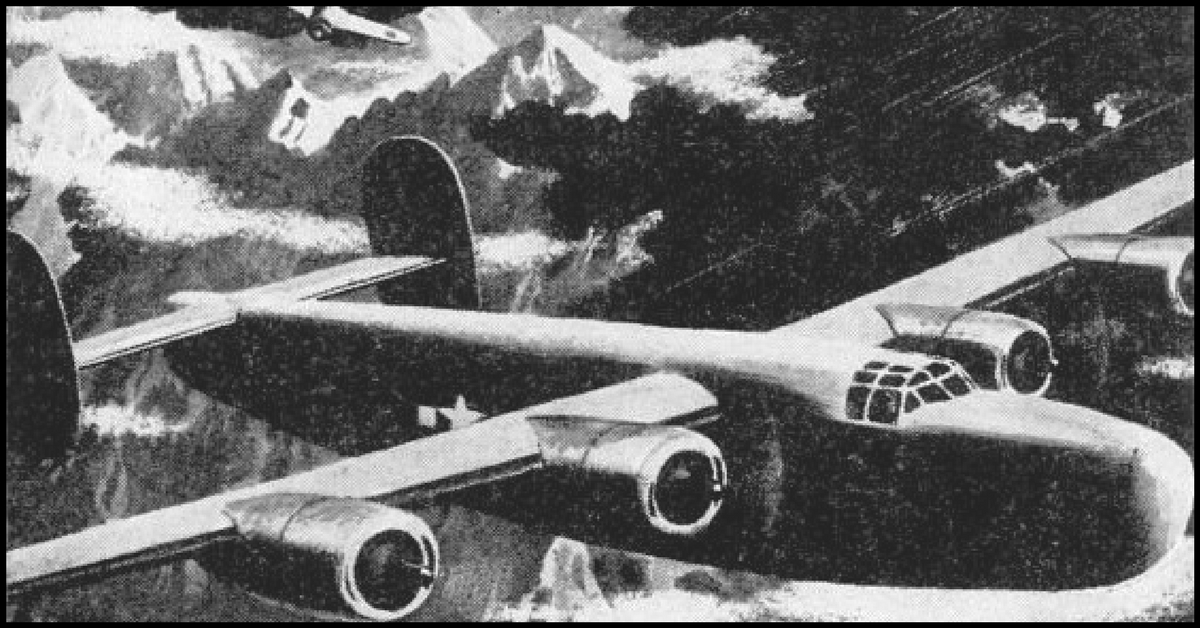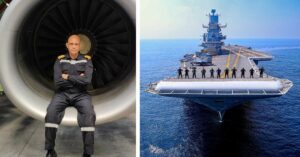WW2 Bombs in West Bengal? A Long-Forgotten Indian Chapter Unearthed by Chance
In 1942, American troops had started entering India in their effort to defend the Chinese war efforts of Chiang Kai-Shek, securing their foothold against the Japanese offensive

Workers digging in the Chhotu Chutria village in Kalyani, West Bengal, never thought they were about to unearth valuable pieces of history! As the workers were digging a pond in Kalyani, they stumbled upon two cylinders, each 50-inch long and about 38 inches in diameter. Upon cleaning, they realised that the cylinders were in fact, bombs from the World War 2 era!
Kalyani is a relatively new town, formed only in February 1951. Before independence, it was called Roosevelt Town or Roosevelt Nagar, after the 32nd President of the USA, Franklin D Roosevelt.
Although it seems quite odd that a town in British-occupied-India was named after a US President, there’s a very good reason for it.
“Roosevelt Town used to be a large US Army base, encompassing nearly 45 villages,” an army officer told the Times of India. He added, “Some say the town was also used by the US Army Air Force (USAAF) for Over the Hump Operations and the China-Burma-India (CBI) Theater.”
The discovery of the bombs has reopened a chapter in history that remains unknown to many.

In 1942, World War 2 had reached scaling heights. American troops had started entering India in their effort to defend the Chinese war efforts of Chiang Kai-Shek, securing their foothold against the Japanese offensive. “China-Burma-India (CBI) Theater”, as it was called, became an operation that would utilise the strategic port of Calcutta and Assam to carry out airlift missions for the American and Chinese militaries daily.
Beginning in April 1942, US air force troops in India had a brave task at hand. Japanese troops had blocked the Burma route, which prompted President Roosevelt to channel support from roadways to airways. USAAF was to supply an ambitious amount of essentials to American and Chinese troops.
“Chiang Kai-Shek clamoured for the airlift to fly 10,000 tons a month. The officially stated US goal was 4000 tons,” reports John Correll. But in reality, all the military could manage was a few hundred tons every month.

Eastern Himayalas, that separate India from China and Burma played a crucial role in making this World War 2 operation a near impossible task for the pilots. The majestic height of the range and the unpredictable extreme weather coupled with a lack of reliable charts and radio navigation aids made the American pilots coin an ironic name for the Eastern Himalayas–The Hump.
Regular operations over “The Hump” began in May 1942, initially with 27 aircraft.

The first phase of their journey was over the dense Assamese jungles that would pose as foggy obstacles to USAAF. The absence of emergency landing fields and the lack of proper radio navigation would lead to several plane crashes. Pilots would have to bail out of their Douglas DC-3 aircraft, dropping and surviving in these jungles, till rescue pilots saved them.
Reports by Army Air Forces claim that,
“every vehicle, every gallon of fuel, every weapon, every round of ammunition, every typewriter, and every ream of paper which found its way to Free China for either the Chinese or the American forces during nearly three years of war was flown in air from India.”

The CBI-Theater operations in World War 2 carried a total of 6,85,304 gross tons of cargo from India to China. This included over 3,92,000 tons of gasoline and oil–nearly 60% of which was delivered only in 1945. USAAF troops left India in 1945, having made over 1,56,000 trips in just three years.
You may also like: 6 Indian World War II Martyrs You Probably Haven’t Heard of Before
CBI Theater operations over “The Hump” give us a perspective of the strategic importance of US bases in West Bengal and Assam. Although Kalyani–or Roosevelt Nagar was not their primary base, military historians believe that a part of their arsenal was stored here. This is possibly why the bombs were recently discovered by the workers in Bengal.
Even if the discovered arsenal is merely dud bombs used for practice, as suggested by one army official, the discovery helped unearth the CBI-Theater operation over “The Hump”–one of the least known operations based in India.
(Edited by Shruti Singhal)
Like this story? Or have something to share?
Write to us: [email protected]
Connect with us on Facebook and Twitter.
NEW: Click here to get positive news on WhatsApp!
This story made me
- 97
- 121
- 89
- 167
Tell Us More
We bring stories straight from the heart of India, to inspire millions and create a wave of impact. Our positive movement is growing bigger everyday, and we would love for you to join it.
Please contribute whatever you can, every little penny helps our team in bringing you more stories that support dreams and spread hope.



















